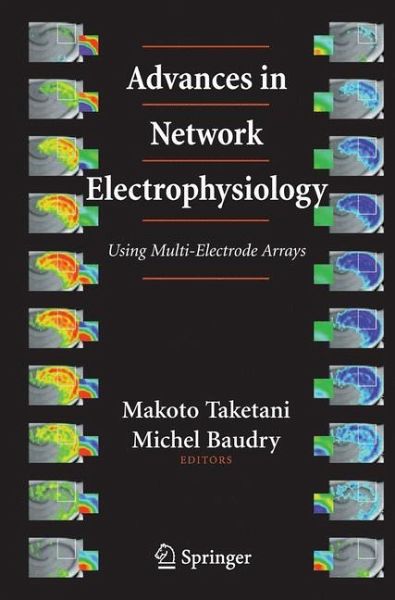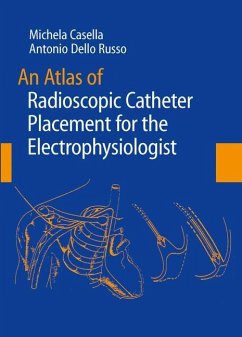
Advances in Network Electrophysiology
Using Multi-Electrode Arrays
Herausgegeben: Taketani, Makoto; Baudry, Michel

PAYBACK Punkte
58 °P sammeln!
Advances in Network Electrophysiology: Using Multi Electrode Arrays explores methods for using electrophysiological techniques for monitoring the concurrent activity of ensembles of single neurons. It reviews the recent progress in both electronics and computational tools developed to analyze the functional operations of large ensembles of neurons using multi-electrode arrays and in vitro preparations. In addition, it gives readers a sense of the applications made possible by these technological tools. This volume is the reference for researchers, industry, graduate students, and postdoctoral ...
Advances in Network Electrophysiology: Using Multi Electrode Arrays explores methods for using electrophysiological techniques for monitoring the concurrent activity of ensembles of single neurons. It reviews the recent progress in both electronics and computational tools developed to analyze the functional operations of large ensembles of neurons using multi-electrode arrays and in vitro preparations. In addition, it gives readers a sense of the applications made possible by these technological tools. This volume is the reference for researchers, industry, graduate students, and postdoctoral fellows in all areas of neuroscience, cognitive neuroscience, pharmaceutical science, and bioengineering.














